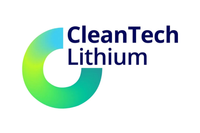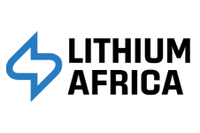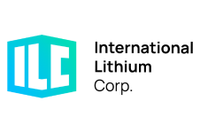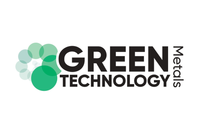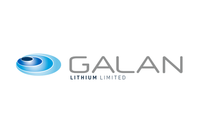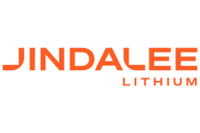New Study Highlights Western Australia's Lithium Leadership and Future Potential
Researchers believe a new study on the formation of high-grade lithium deposits could impact future exploration for the battery metal.
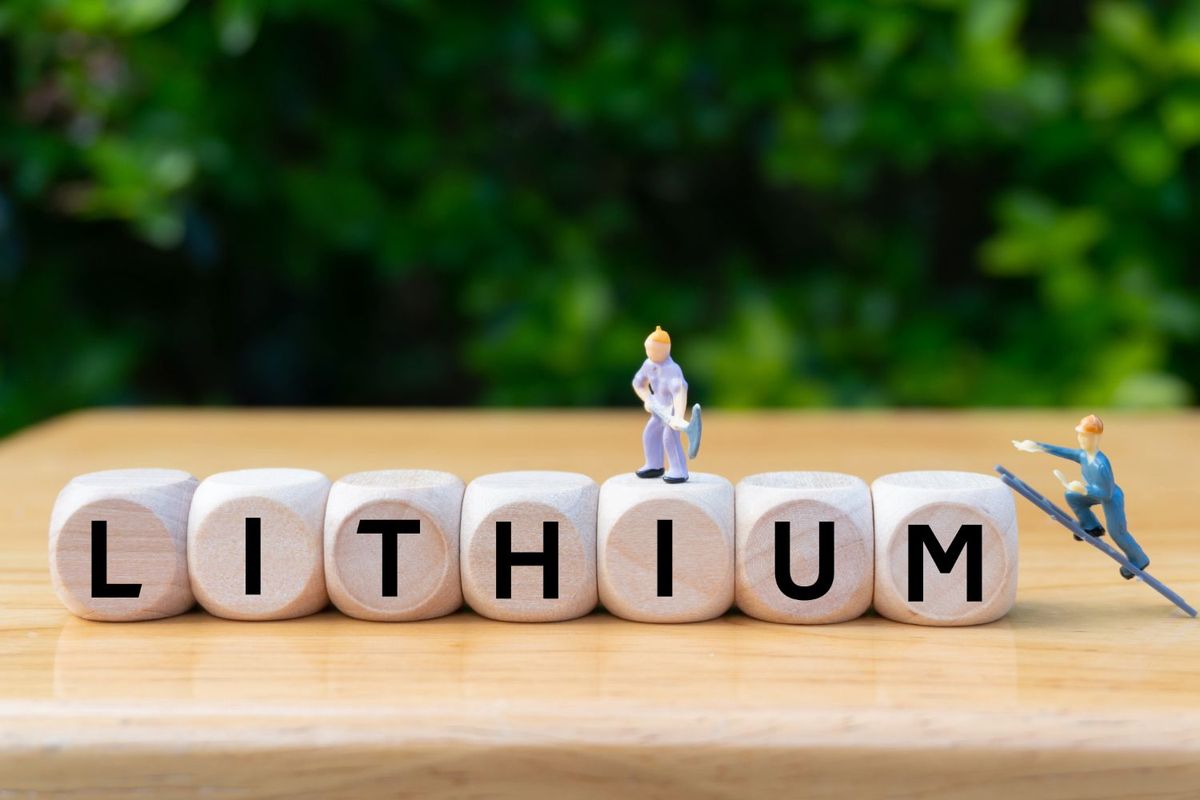
Western Australia has a strong lithium history, and a recent study could help inform future exploration.
Put together by researchers from the Geological Survey of Western Australia (GSWA), Curtin University and the University of Western Australia, the report focuses on the formation of high-grade lithium deposits.
It states that Western Australia supplies around 35 percent of the world's lithium, with much of that coming from pegmatite, a coarse-grained rock commonly found in the state's Archean terrains.
"While most hard-rock lithium is sourced from similar formations, many existing exploration models are based on younger geological settings," an August 7 government press release explains.
The study's findings are summarised as follows:
"GSWA's research challenges these assumptions, as they may not apply to (Western Australia's) ancient crust. The new findings suggests that Archean lithium systems follow distinct rules and require a unique set of geological features for the formation of these deposits."
Lithium mines in Western Australia
The Greenbushes mine, owned by the Talison Lithium joint venture between Tianqi Lithium (SZSE:002466,HKEX:9696) and Albemarle (NYSE:ALB), is the world’s largest hard-rock lithium mine.
Operations date back to the 1980s, with annual production estimated at 1.95 million tonnes of lithium spodumene. Located adjacent to the town of Greenbushes in Western Australia, the asset is said to have been discovered in the 1970s, making it a significant mine in Western Australia's lithium history.
As of 2025, Pilbara Minerals' (ASX:PLS,OTC Pink:PILBF) Pilgangoora mine has dethroned Greenbushes in terms of resource size, with the former holding 446 million tonnes at 1.28 percent lithium oxide.
Greenbushes’ resource size as of late 2024 was 440 million tonnes at 1.5 percent lithium oxide.
Aside from these operations, Western Australia recently gained its first underground lithium mine, the Kathleen Valley asset owned by Liontown Resources (ASX:LTR).
Liontown’s latest quarter report, released on July 29, shows that Kathleen Valley produced over 300,000 wet metric tonnes of spodumene concentrate during its first 11 months of operations.
The Kathleen Valley plant reached commercial production in January 2025.
"Our findings provide fundamental insights that not only deepen our knowledge of WA's geology but also strengthen the State's position as a global leader in lithium exploration," said GSWA Executive Director Michele Spencer.
Government support for lithium
In November 2024, the government of Western Australia announced the Lithium Industry Support Program, which aims to bolster lithium miners and downstream processing facilities.
The program is scheduled to run for up to 24 months, at which time lithium prices “are expected to recover to an economically sustainable level.” During this time, government fees will be temporarily waived to support the continuation of downstream processing of lithium for up to two years, amounting to AU$90 million.
"Lithium is a key element in the global energy transition as we move to achieve a goal of net zero emissions by 2050,” Mines and Petroleum Minister David Michael said in a release at the time.
“We're providing (our lithium miners) with temporary and responsible support now to give them the best chance of continuing to supply the world with lithium products today and well into the future."
At the federal level, the Australian government has introduced critical support for the lithium sector under the broader Future Made in Australia industrial strategy.
Among its initiatives are the Critical Minerals Production Tax Incentive, legislation passed in February to provide a 10 percent tax break on processing and refining costs for critical minerals, including lithium.
“The incentives are valued at AU$7 billion over the decade,” said Federal Resources Minister Madeleine King, calling the legislation a “historic moment” for the industry.
The incentive is applicable from 2028 to 2040, for up to 10 years per project.
There’s also the National Reconstruction Fund (NRF) and Critical Minerals Facility, with the latter’s initial AU$2 billion doubled to AU$4 billion, plus new investments through the NRF.
Recently, the NRF invested AU$50 million in Liontown to support Kathleen Valley, alongside private investment from Canmax Technologies (SZSE:300390), to stabilise financing during weak prices.
Lithium market due for a turnaround?
A March report by market research platform ASD Reports states that the Australian lithium market reached US$1,294.38 million in 2024 and is expected to hit US$5,309.55 million by 2032.
This demonstrates a compound annual growth rate of 19.3 percent during the forecast period of 2025 to 2032.
However, research firm Fastmarkets has said the lithium market recorded a surplus of around 175,000 tonnes in 2023, and almost 154,000 tonnes in 2024 based on current available data.
This oversupply has pushed prices down and prompted some miners to cut production, leaving investors wondering when a turnaround may come for lithium. Fastmarkets sees improvement this year, with the surplus projected to shrink to 10,000 tonnes. After that, it anticipates a deficit of 1,500 tonnes in 2026.
“We’re expecting a rebalancing of market dynamics over the next few years,” a producer told the firm.
Don’t forget to follow us @INN_Australia for real-time news updates!
Securities Disclosure: I, Gabrielle de la Cruz, hold no direct investment interest in any company mentioned in this article.
- Western Australia Launches Lithium Industry Support Program ›
- Lithium Mines in Australia ›
- Top 4 Largest Lithium Reserves by Country ›
- Top 9 Lithium-producing Countries ›

